
Areas of Expertise
Browse our services to learn about our different areas of expertise.
At Spine Solutions, we take the mystery out of your spine pain, medically. We use modern diagnostics to get to the root of your disorder. We provide advanced, proven treatments to give you the relief you need so you can get back to your life.

Back & Neck Pain
Back and neck pain is two of the main reasons patients seek a definitive diagnosis and treatment from Spine Solutions.

Lower back pain
Lower back pain refers to any pain in the lumbar area of the spine. This is the area below your rib cage and above the sacrum.

Upper back pain
When upper back pain does occur, it is typically due to long-term poor posture or an injury that overpowers the thoracic spine’s sturdiness.
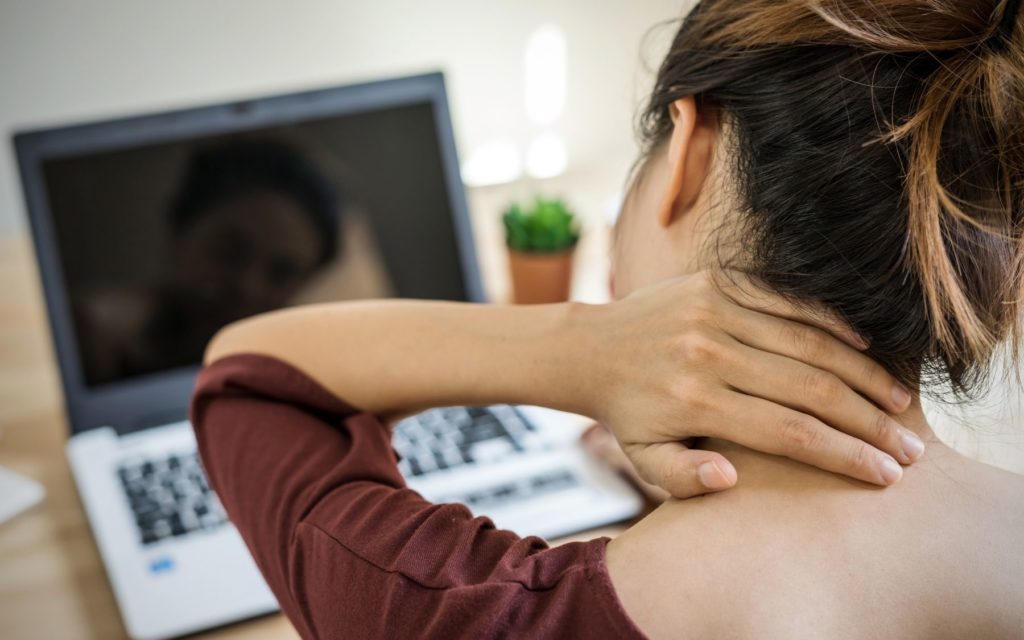
Neck pain
Neck pain is a common complaint. Neck muscles can be strained from poor posture. Osteoarthritis also is a cause of neck pain.

Sciatica
Pressure, damage, or irritation to the sciatic nerve can cause pain to radiate throughout your lower body. This mild to severe nerve pain is known as Sciatica.
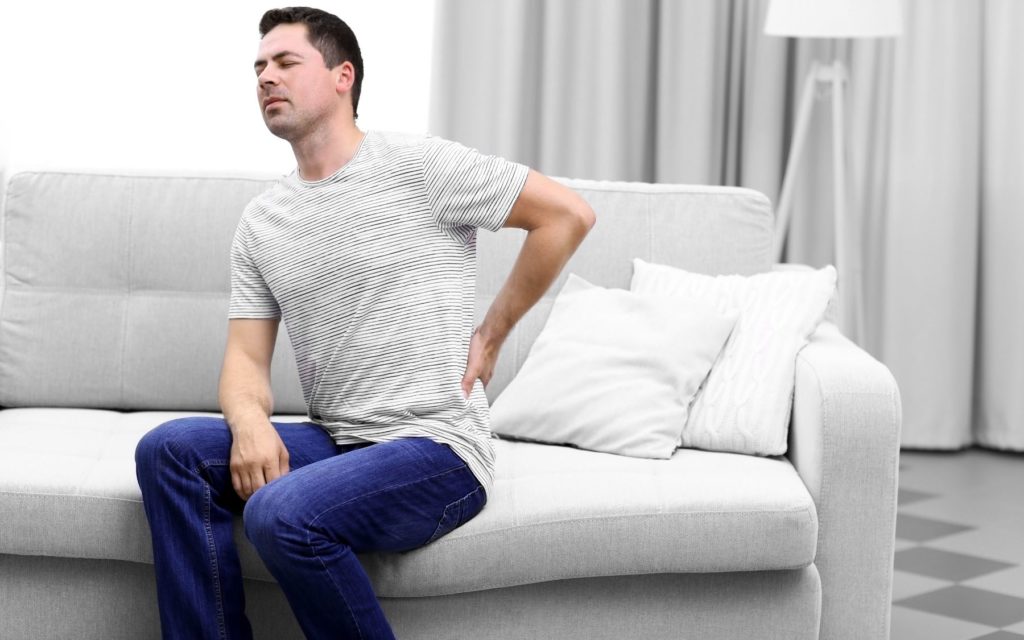
When should I get help?
If you are experiencing the sharp, throbbing pain of sciatica, the faster you seek professional help to determine the cause, the better your overall recovery will be.
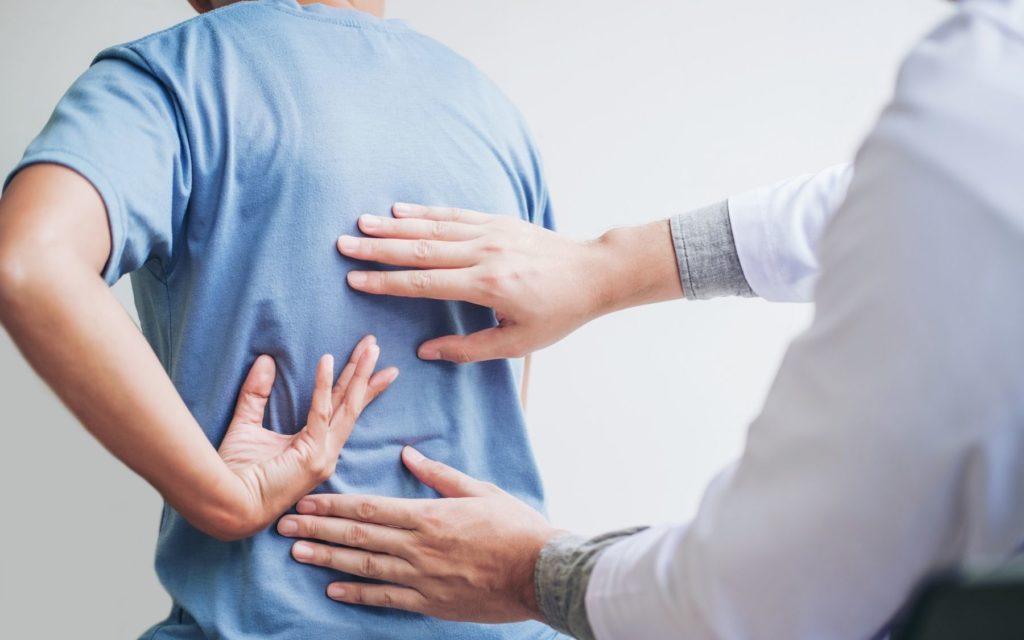
Non surgical treatment
Sciatica is treated differently depending on the cause. In some situations, sciatic nerve pain can be alleviated with conservative treatment such as physical therapy.
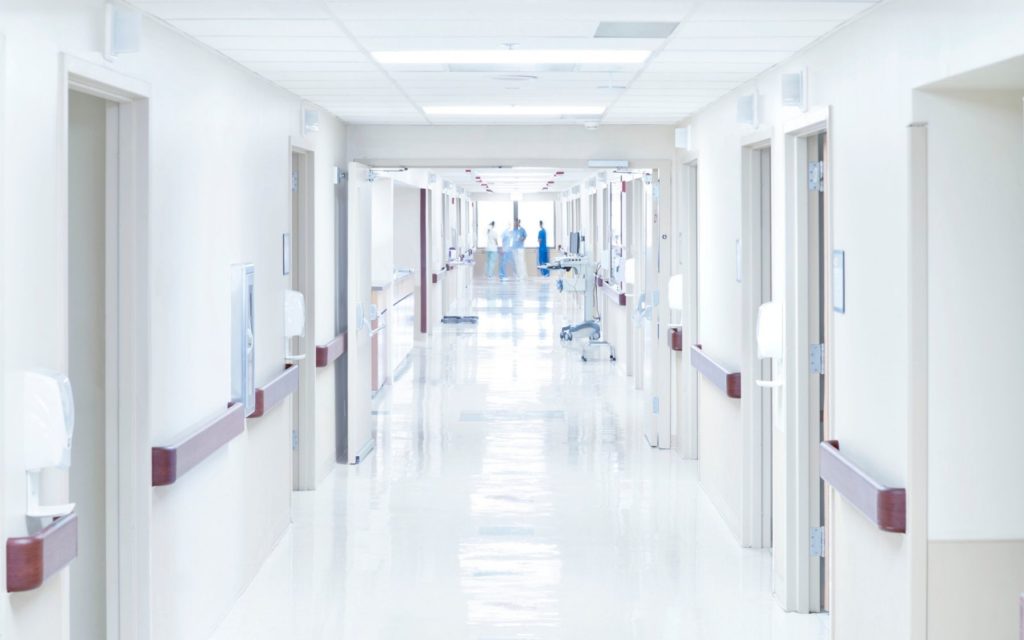
Surgical treatment
When non-surgical measures do not provide adequate relief, minimally invasive surgery may be the best option such as a Microdiscectomy or Endoscopic Laminectomy.

Herniated & Injured Discs
Discs are small, circular, compressible cushions between the bones in the spine. Discs act as shock absorbers for the vertebrae. When discs in the spine bulge from their proper place, that is called a “herniated disc”.

What options are available?
Whether your herniated disc treatment is non-surgical or surgical, seeking help is the first step. We can help you in deciding the right treatment.

Non surgical treatments
Typically, the experts at Spine Solutions will begin a herniated disc treatment with non-surgical options such as Cortisone injections.

Surgical Treatments
If a herniated disc is severe, or non-surgical options do not provide relief from symptoms, we may recommend a surgical treatment.

Spinal Stenosis
Stenosis can occur anywhere along the spinal cord. It is most common in the lower back (lumbar) and neck (cervical) region. Lumbar spinal stenosis is one of the common causes of lower back pain (and leg pain) and is one of the main reasons people seek accurate diagnosis and medical treatment.

What can you do to help me?
Based on your specific symptoms and diagnosis, a treatment plan will be created to help you find relief from your back pain.
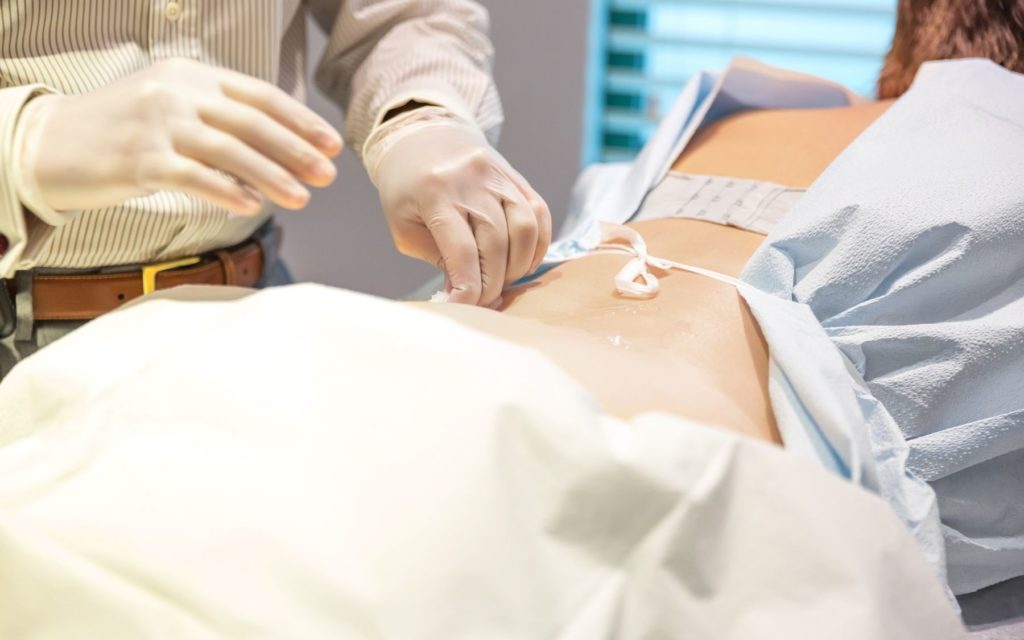
Non surgical treatments
In most situations, spinal stenosis treatment will begin with non-surgical procedures such as Epidural Steroid Injections.

Surgical Treatments
If non-surgical treatments do not improve your condition or if you are deemed severe, you may need a minimally invasive surgical treatment.

Facet Joint Injury
Pain originating from a facet in the lower back may initially be acute (short term) and become chronic over time. The pain may be localised to the lower back or involve one or both legs if a spinal nerve(s) gets impinged near the facet, resulting in sciatica.

When should I see a spine specialist?
If you think that you might be experiencing facet joint pain, it is time to consult a specialist. There are two types of treatment options available to you: surgical and non surgical treatments.
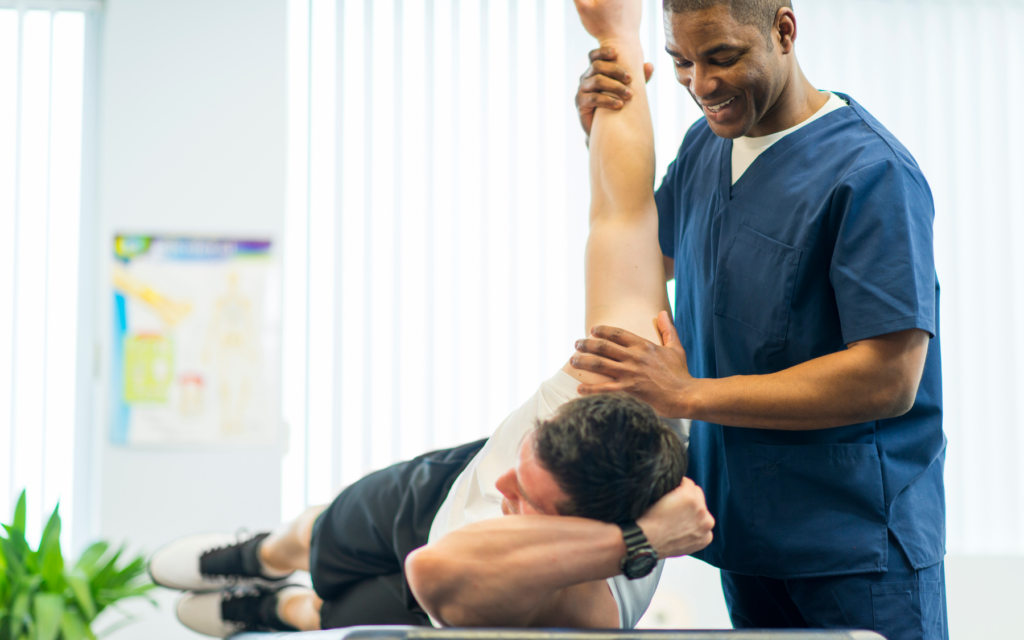
Non surgical treatments
Following a diagnosis of facet joint pain, our first point of action will generally be for you to undergo a rehabilitation program which may include physical therapy.
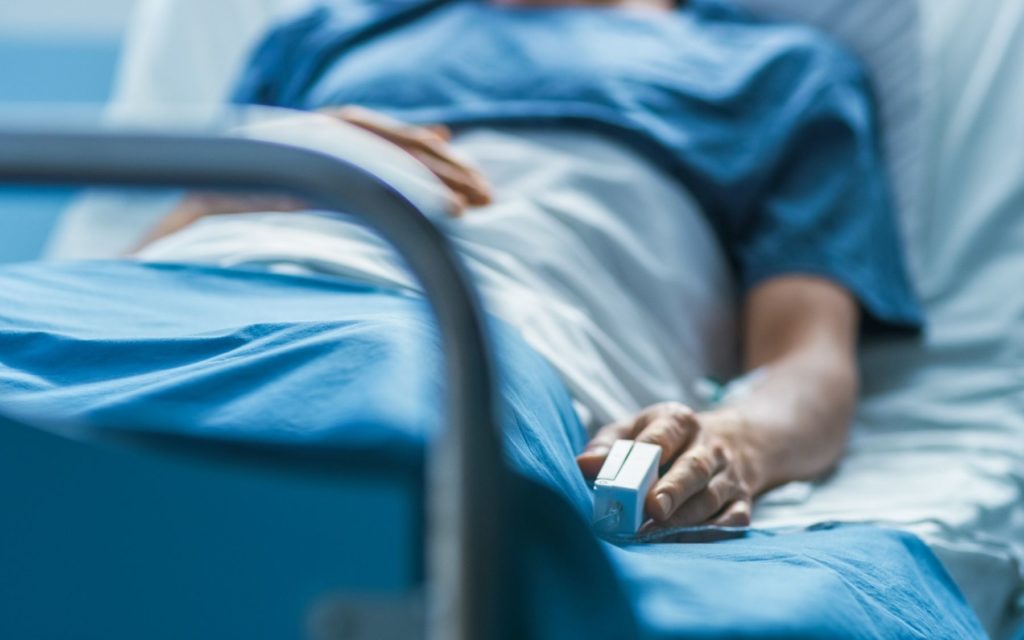
Surgical Treatments
If non surgical treatments fail to treat your facet joint pain, then surgery may become an option. If the pain is chronic or recurring, then surgery may be necessary.
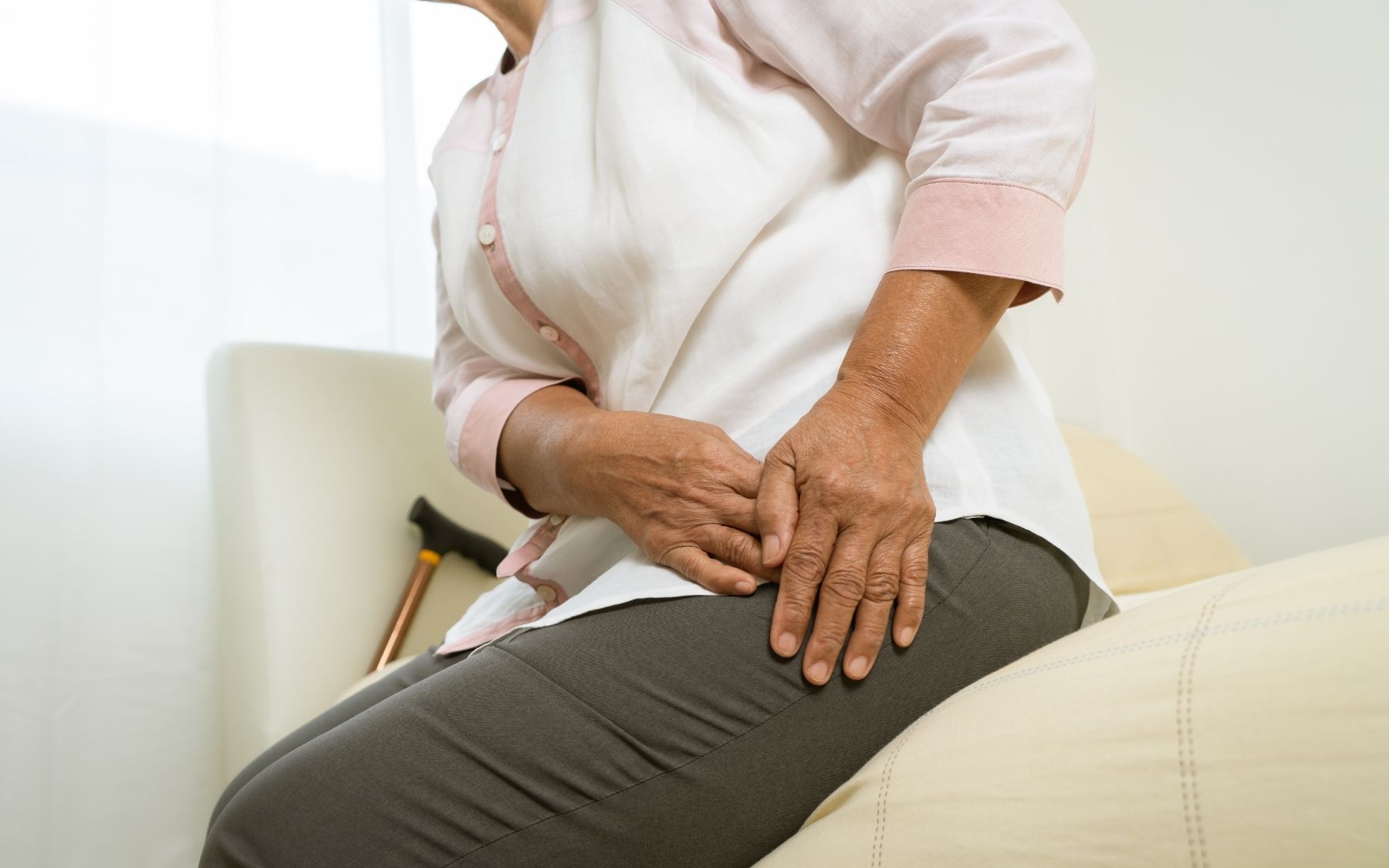
Sacroiliac Joint Pain
Sacroiliac joint pain is felt in the low back and buttocks. The pain is caused by damage or injury to the joint between the spine and hip. Sacroiliac pain can mimic other conditions, such as a herniated disc or hip problem.

Can I have a simple test?
Unfortunately, diagnosis of sacroiliac joint dysfunction can’t be achieved with a simple test. The body is complex & back pain has multiple causes, it's key to have a complete evaluation.

Non surgical treatments
Since no single approach works for everyone, we often combine treatments for better results. The most common treatments include resting the area and anti-inflammatory medications.

Surgical Treatments
If non surgical approaches don’t give relief, surgical treatments may be the next step. One of the most common surgical treatments is the SI joint fusion procedure.

Scoliosis
Spinal scoliosis specialist surgeons, commonly diagnoses, treats, and when necessary performs spinal surgery to correct scoliosis in both paediatric and adult patients. Scoliosis is an abnormal curvature of the spine or backbone.
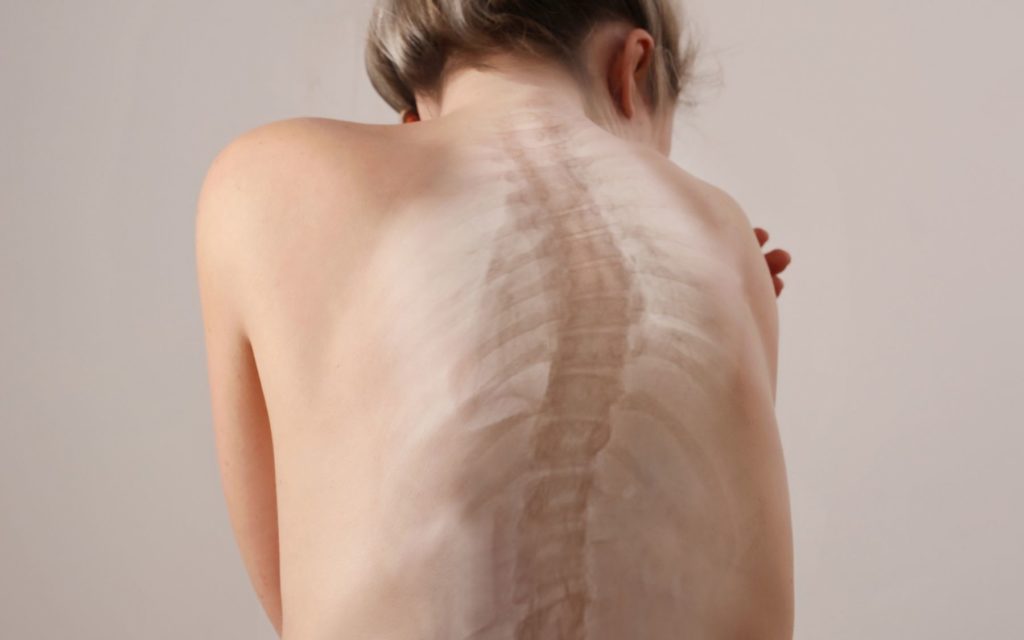
What age does it develop?
Most often, scoliosis develops in patients between the ages 10 and 18. In approximately 85% of cases, the exact cause is not known and is referred to as adolescent idiopathic scoliosis.
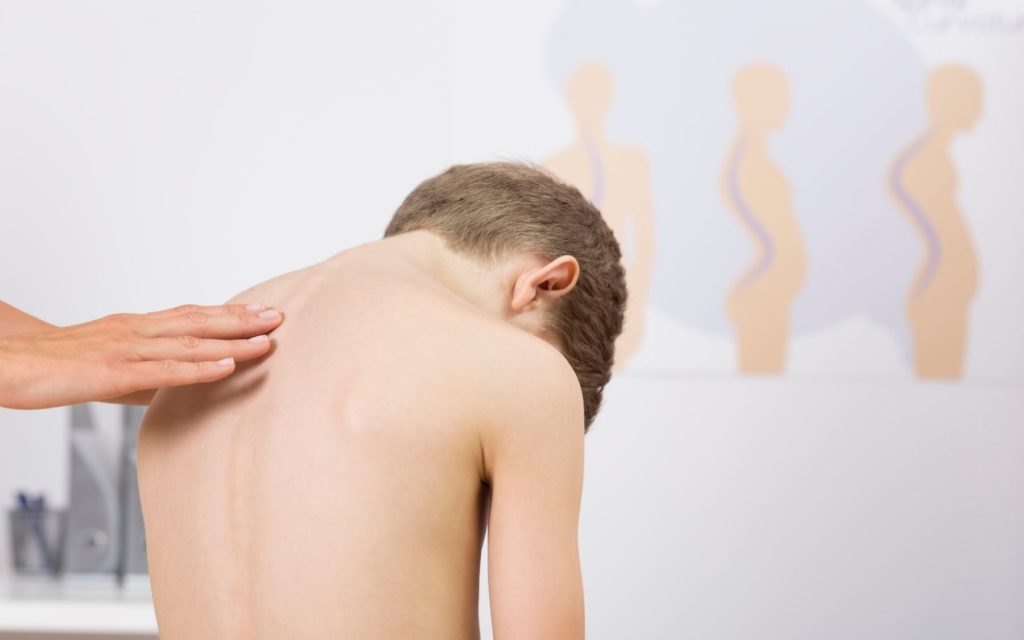
Non surgical treatments
Children and adolescents with more mild cases of scoliosis may benefit from approaches such as observation, bracing to stop the curve’s progression and physical therapy.

Surgical Treatments
Small pieces of bone, metal rods and screws are implanted to realign and fuse together the curved vertebrae so that they heal into a single, solid bone to correct and stabilise the deformity.
